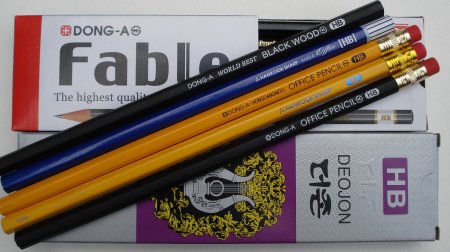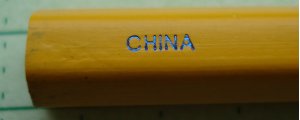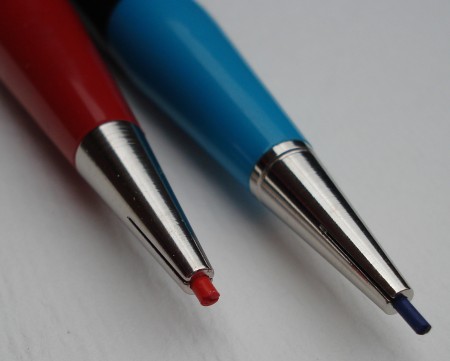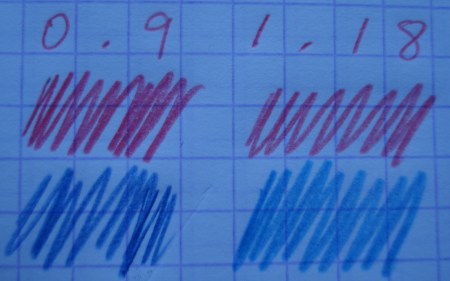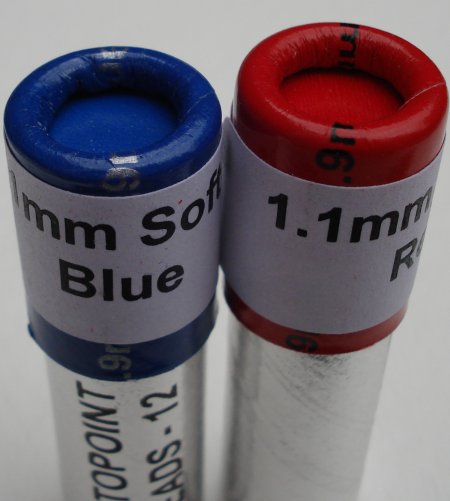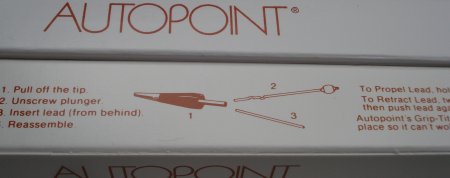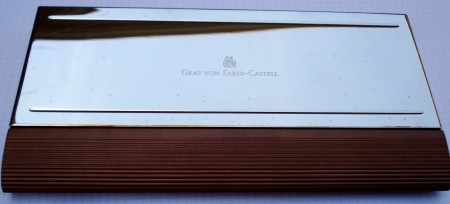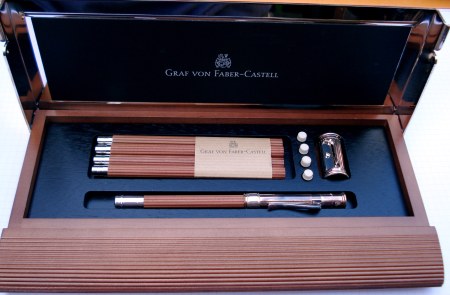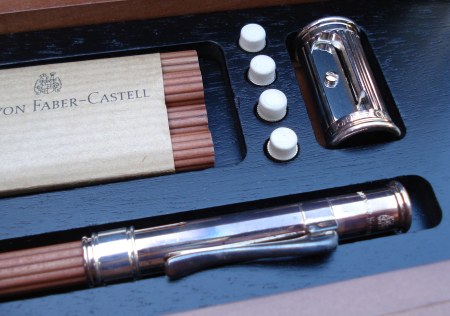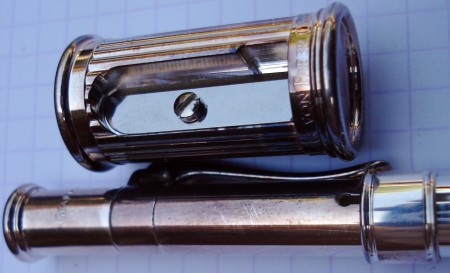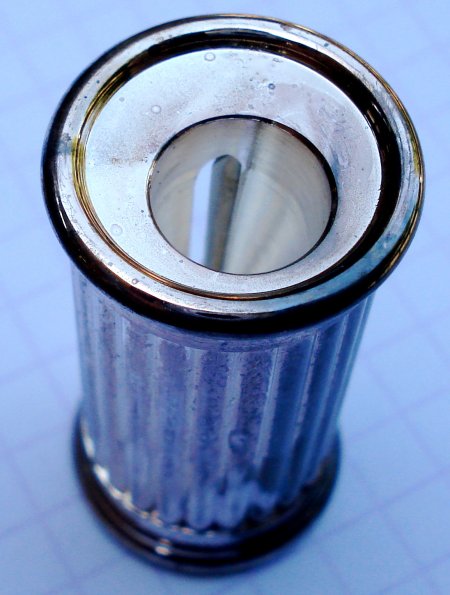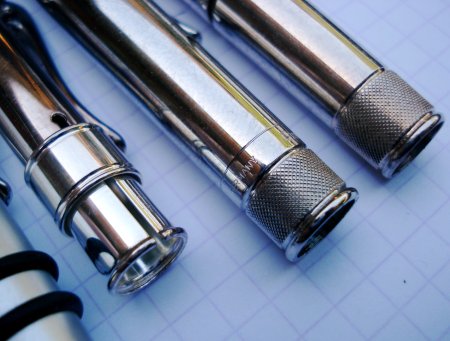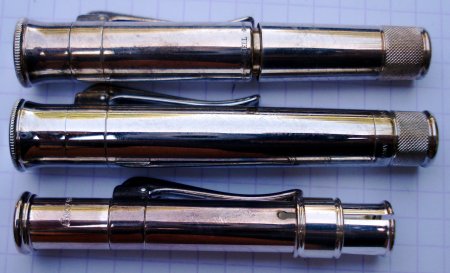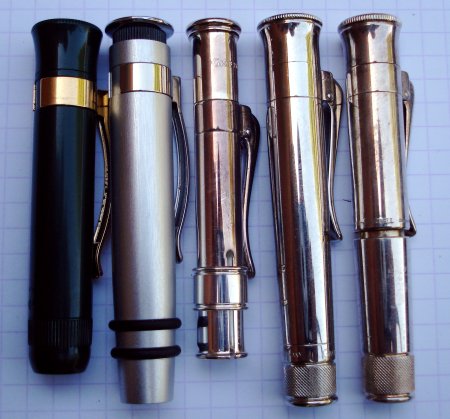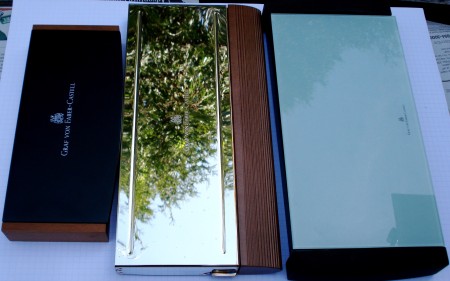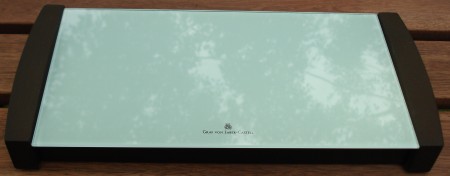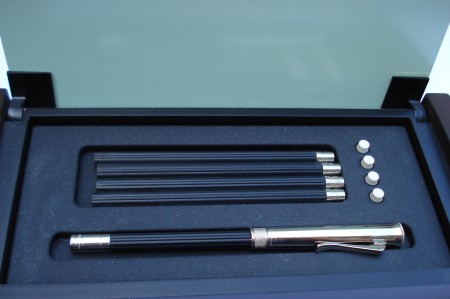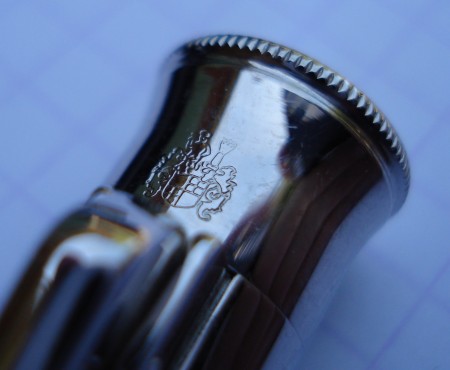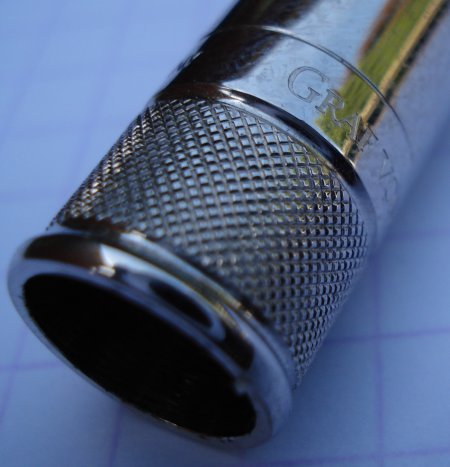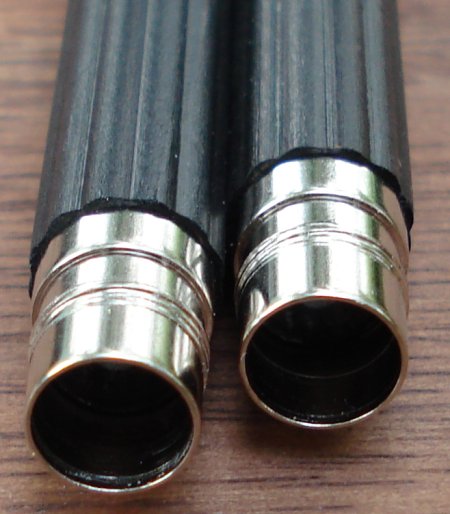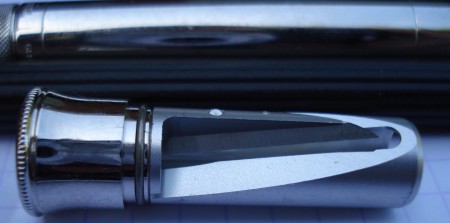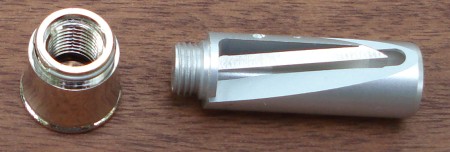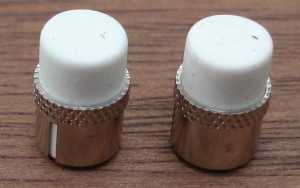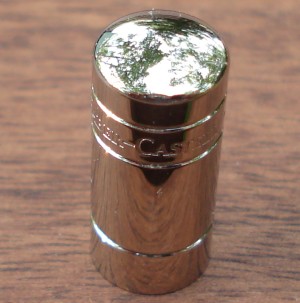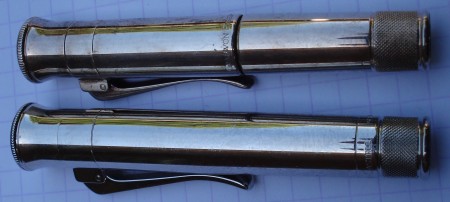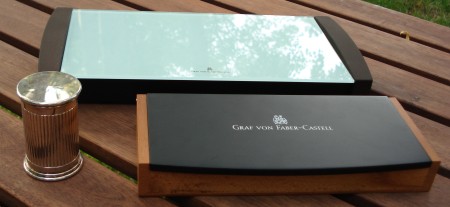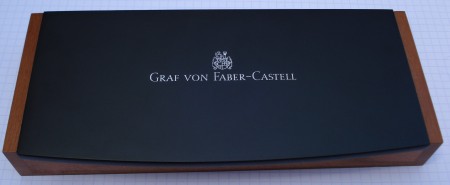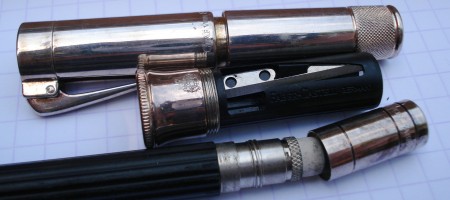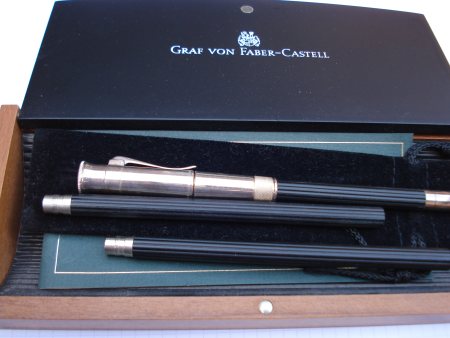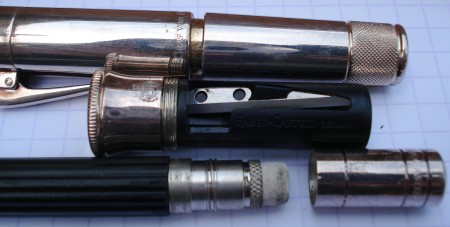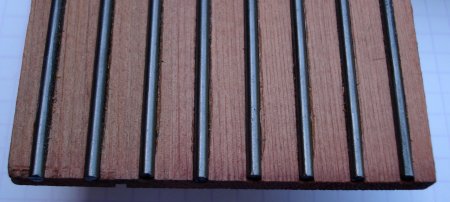
How a lead gets in a pencil is one of life’s minor mysteries. Or is it?
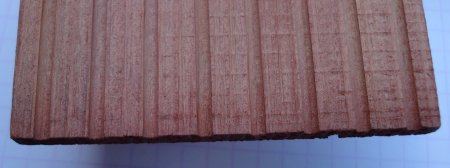
There are several online sites, books (some for children), and even DVDs detailing the process. But different people learn in different ways, and I think the “How a pencil is made” kit from General Pencil hits the mark for many of us, containing actual raw pencil materials at various stages of construction that we can handle and examine.

Sold in a cardboard box, the kit contains a raw slat, unglued grooved slats (one with leads), a glued and unfinished slat set, a glued and partially constructed slat set, a raw pencil, a finished pencil, and some contributing materials – eraser plug, ferrule, and graphite, clay, and wax samples, and a poster from the Incense Cedar Institute detailing the manufacturing steps.
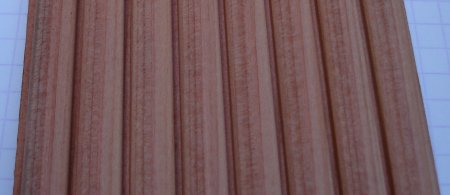
I think it’s a great kit, and appreciate that it has been offered to the public. The standardization of the cedar slat is one of the forces that propelled the pencil industry forward. Seeing and handling a slat has, at least for me, been much more enjoyable than looking at a printed or online diagram.
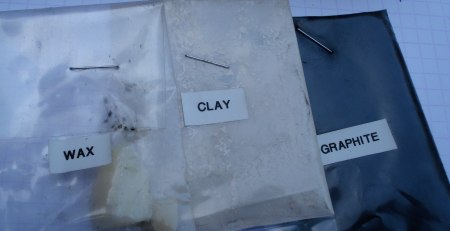
Let’s also mention – those interested in the pencil manufacturing process have much more complex questions – they want to know the chemical composition of the lead, the species and origin of the wood. They want to know what’s in the glue and the paint. No secrets like that are given away here.

The kit is definitely recommended for those interested in a unique pencil item.


